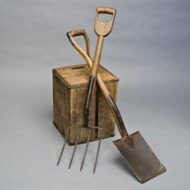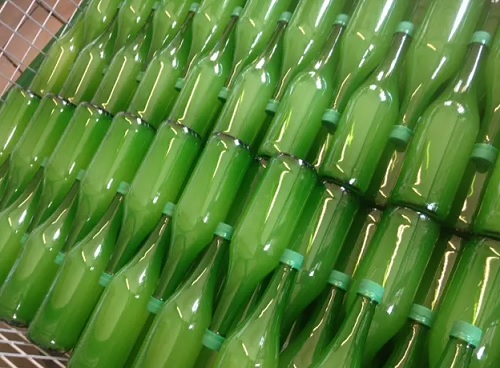Our April evening talk was well-attended, with 30+ members and guests and was by Rob Jacobs, Horticultural Manager at the famous Waterperry Gardens. Rob presented a whistle-stop, copiously illustrated tour of a year behind the scenes at Waterperry, with a focus on key activities for each month of the year.
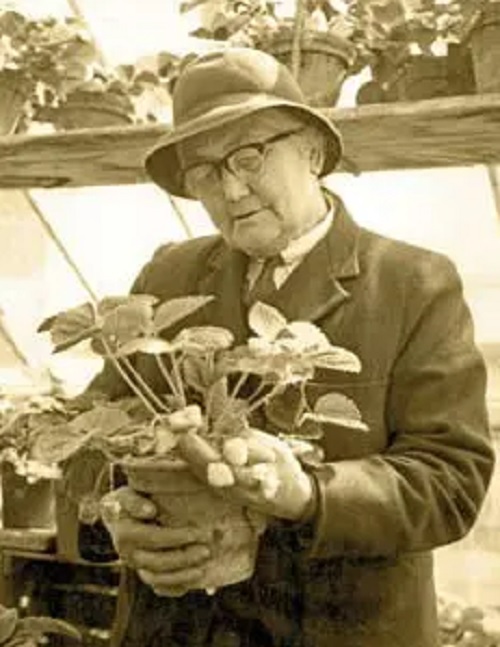
In his introduction Rob reminded us that Waterperry Gardens are the heritage of the horticultural school, run by Beatrix Havergal with her partner Avice Sanders between 1932 and 1971, when the emphasis was on food production rather than spectacular ornamental gardens.
Over the past twenty years though the gardens have developed and grown, and many new projects have been undertaken and completed.
There is now a Formal Garden, the Mary Rose Garden, a Waterlily Canal and the Long Colour (Herbaceous) Border. There is now also an arboretum in the meadow area beyond the canal.
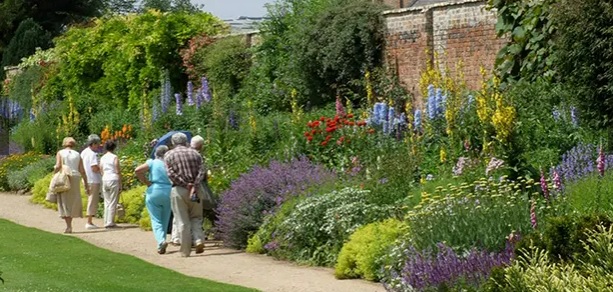
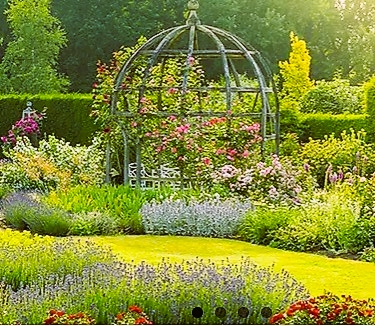
Introducing January activity, Rob focussed on the iconic herbaceous border, and its design around three successive seasons where either Lupins, Delphiniums or Asters are in ascendancy.
He also talked about the 5 acres of orchard with its varieties of apple and an amusing story of the import of rare-quality tufa stone – 18 tonnes of it – from Canada, used to great effect for Alpine plants.
Highlights for February are the snowdrops, with varieties developed to extend the season as much as possible, with an eye always to keep plenty of interest for visitors year-round. Also in February, much work is done to cut fresh Hazel stalks for use in the all-important herbaceous border.
Seed-sowing for the nurseries, vegetable garden and the walled garden, gets into full swing in March. Important also is the work to divide out the herbaceous border for its 3-season displays. A particular plant group Rob mentioned was Saxifrage, a wonderful and diverse set of plants – including the Silver Saxifraga which flowers in April.
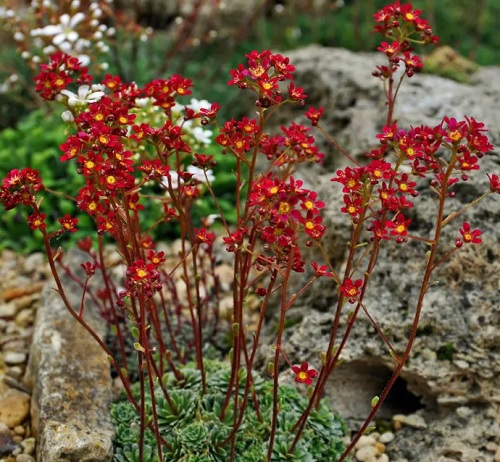
Already looking forward to the Christmas season, April also sees the pruning and shearing of Christmas trees, and the flowering of the Fritillary meadow – another important seasonal colourful attraction which keeps visitor interest.
As we would expect, from May the visitor season starts to pick up, and the herbaceous border gets going with Euphorbia and Irises in the mix. With late frosts a continued threat, apple-blossom is vulnerable – as indeed is the Wisteria Arch, which because the flowers are growing in the open air and not against a wall, create possibly a once-in-10-year experience!
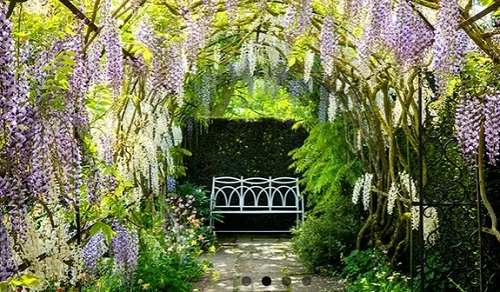
For June, work includes the cutting and shaping of the Box hedges in the formal gardens, and here the variety of Box has fortunately not been vulnerable to the ravages suffered by other varieties. Cuttings now are also taken for Michaelmas Daisies, Asters are staked, and Roses – difficult to grow in the sandy loam, which is Waterperry, are carefully mulched and nurtured.
In July through to September, the herbaceous border is in full glory, with the tall Delphiniums in full show, and later the September Asters are at their peak, and this is also Michaelmas Daisy season, and the changing colour scheme continues with a change towards varieties of green.
Amongst all the other tasks, the first apples are now ready for picking. Waterperry now has a wide range of fruit – with 65 varieties of apple, for example. Only about 25 of these are available commercially. The others are being trialled for juice or preserved to ensure heritage varieties do not die out. Rob showed us the work done using grafting techniques to propagate fruit varieties.
Picking begins mid-August when Discovery and Arthur Turner become available and goes right through to early November with the final crops of Crispin and Sturmer. Waterperry also has plums, greengages and pears, including unusual varieties like Beurre Hardy, Gorham and Glou Morceau.
The autumn season features orchard tours and talks, and burgeoning sales of apple juices especially during October, and November sees the clearing of the herbaceous border to start the cycle again, paying attention to the proliferation of Aster seeds, planting Tulips and lifting out Dahlias. Rose- training, and especially the use of domed caging is a feature of activity at this time. We learned that the idea of domed caging originated at Waterperry, despite the claims made by Sissinghurst Castle!
December, unsurprisingly, is Christmas-focussed with Christmas tree sales and the creation of wreaths from the varieties of foliage so lovingly nurtured over the year.
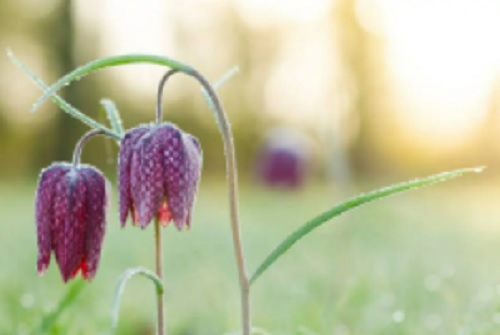
Yes, indeed, this talk was a whistle-stop tour – and these notes probably cover less than half of the activities Rob touched on. Nevertheless, hopefully they give a flavour of the continued dedication of Rob and the team he represents, to work hard behind the scenes to maintain year-round excellence at Waterperry.
Visit Waterperry Gardens
